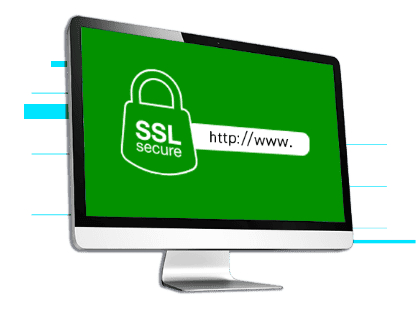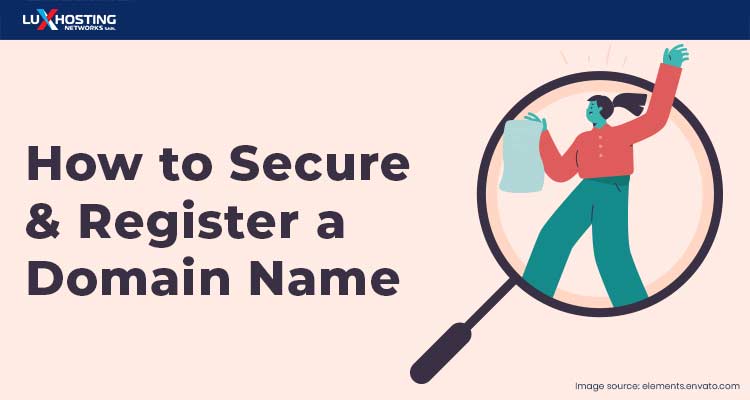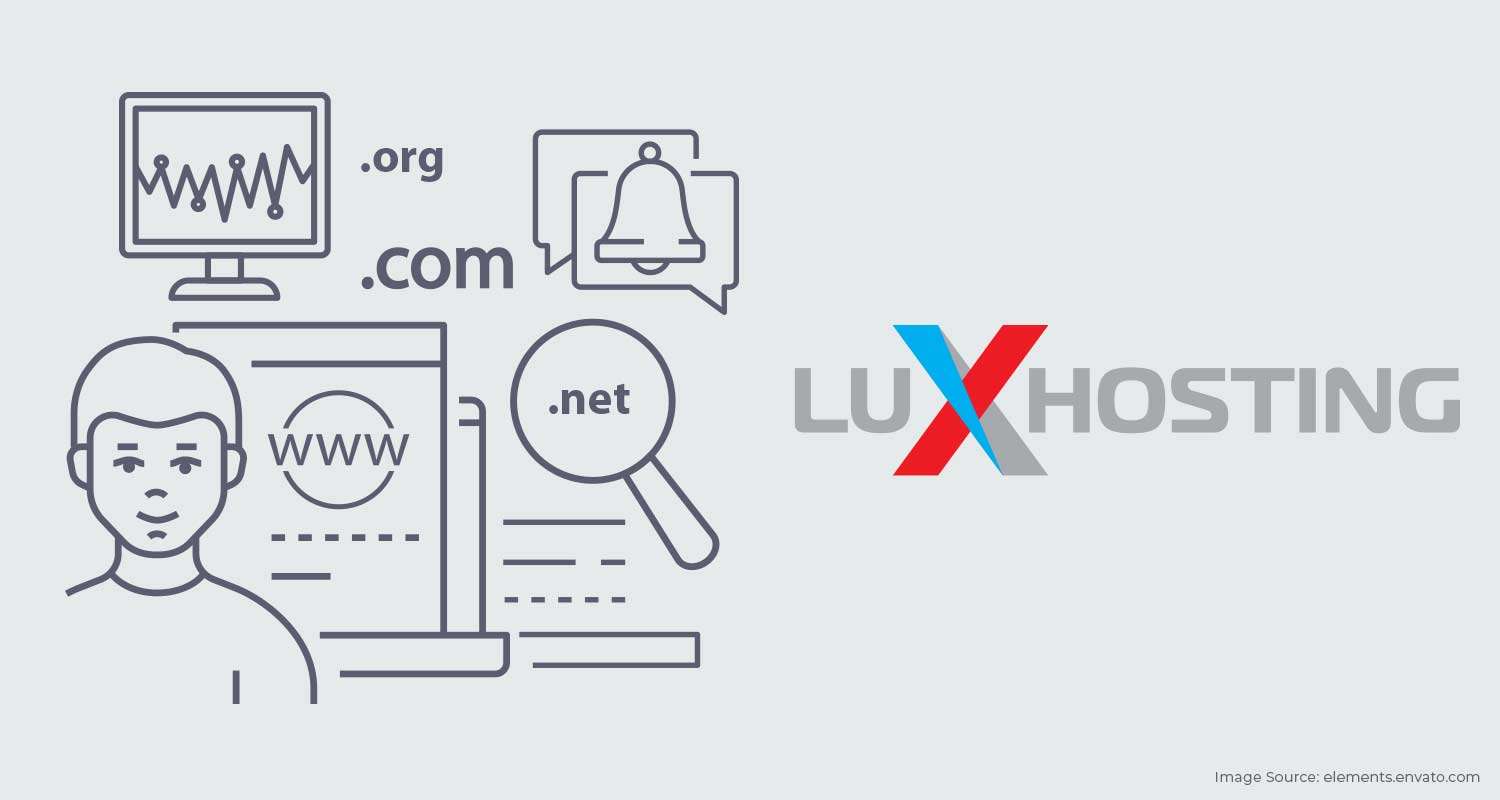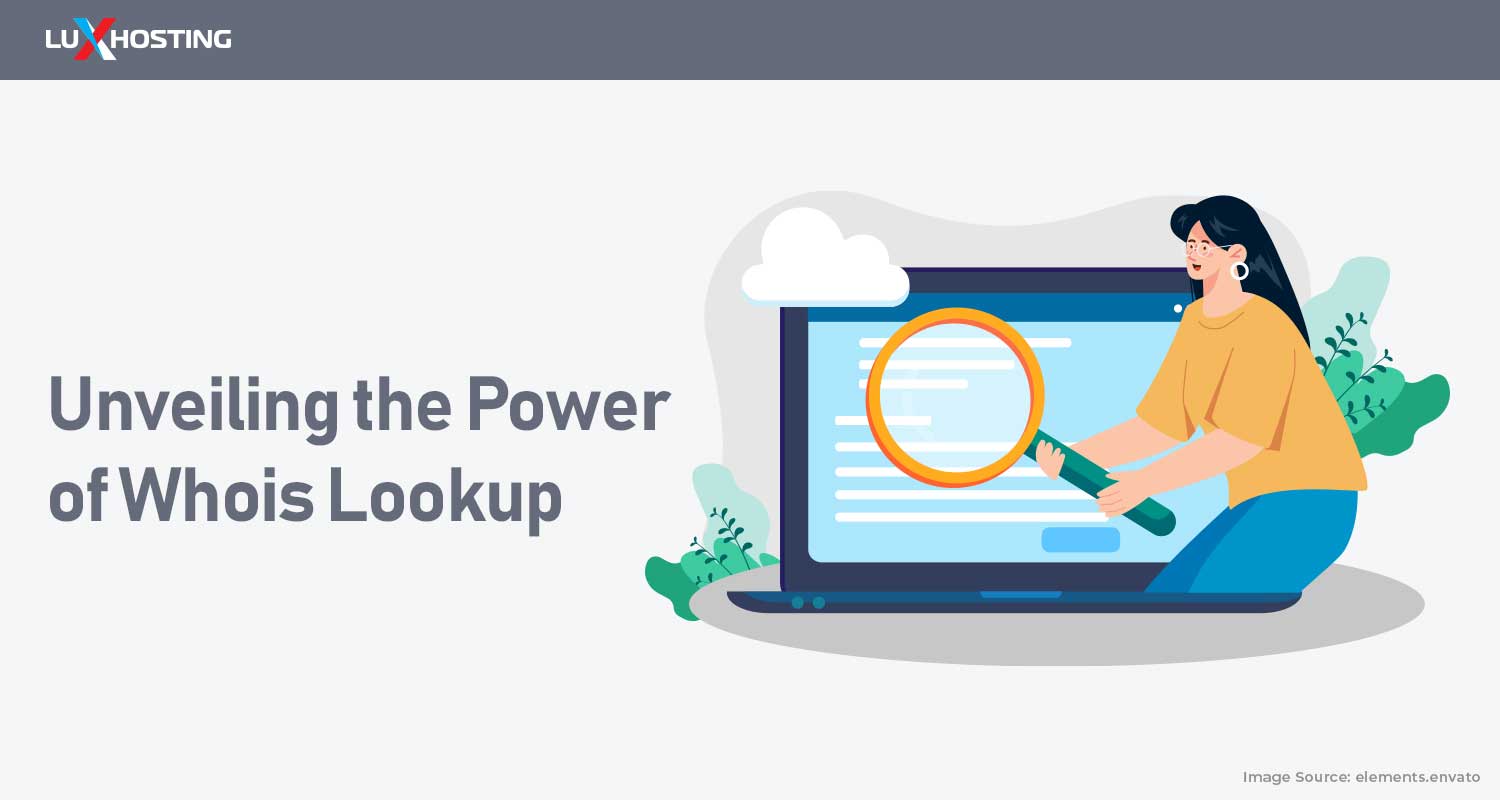Your domain name is the address your future patrons will find you. Anyone can buy a domain name. You just visit a domain name registrar, verify the domain you want to buy, and pay for it. It has to be unregistered and have a valid domain extension. Generally, you'll want to buy a short and catchy domain that’s both easy to recall and type. You should also research key terms for your business. If you can work a good one into your site's name, that would be great, from an SEO perspective. So, we’ve put together this article to break down easy steps to secure and Register a Domain Name. If it's difficult finding a domain name (whether due to crowding or cyber-squatters), domain registrars typically house domain search bars that return a listing of available names similar to the one you want. For instance, when searching LuxHosting for domain names, you get both the name’s status and a list of suffixes available for it. Maybe [Sitename].com isn't available, but [Sitename].net or .biz may be. With a thriving industry of squatters who flip domains for profit, sought after domains with popular suffixes can cost a fortune if already registered. PrivateJet.com, for example, sold for nearly $30.1 million. Once you register a domain name, it becomes your online business’ most valuable asset. It’s a reflection of your brand's identity. It’s far more than just your web address. To minimize the chances of it being abused or stolen, follow these essential security tips to keep it safe. Act now to ensure your domain name’s safety!
11 Best domain name security practices
1. Never register your domain name to an individual
A domain name should always be registered under a corporate entity; to ensure its continuation irrespective of any employee who may pass through the business. If you register your domain name under an individual, you risk losing it if they leave the company. If this happens, reclaiming your domain’s ownership could take years and a lot of money.
2. Seek a reputable domain registrar
Don't use a small-scale business that has a higher chance of going under, leaving your domain name at risk. Use a trustworthy domain name registrar. Select a provider who has substantial market experience and will guarantee maximum domain name stability.
3. Lock your domain name
As soon as you have secured your registration, lock your domain name through the domain name management system (DNS). Never leave your domain name “unlocked” because that risks the possibility of it being transferred to another entity.
4. Get an SSL certificate
 Websites need SSL certificates to verify website ownership, secure user data, prevent attackers from creating a fake version of the site, and bolster user trust. Most browsers list sites without SSL certificates (HTTP) as "not secure." It reveals the site as untrustworthy, incentivizing businesses to migrate to HTTPS. We offer affordable SSL certificates here.
Websites need SSL certificates to verify website ownership, secure user data, prevent attackers from creating a fake version of the site, and bolster user trust. Most browsers list sites without SSL certificates (HTTP) as "not secure." It reveals the site as untrustworthy, incentivizing businesses to migrate to HTTPS. We offer affordable SSL certificates here.
5. Have a solid password
Poor passwords are a top data security threat. Try to generate a password that has at least one numeric value, one symbol or special character and at least two randomly selected upper and lowercase letters, so that guessing it becomes next to impossible. Avoid an easy password for use with your registrar account. Easy-to-guess passwords like continuous number sequences, your birthday, or your family members’ names pose a great risk to your domain name’s security.
6. Get WHOIS privacy
[caption id="" align="aligncenter" width="480"] Gif source: giphy[/caption] Every domain name has a WHOIS listing. It’s a searchable database of registered domains, available to everyone on the Internet. Without WHOIS privacy protection, all of your contact information is available to the public. At Luxhosting, Whois privacy is free, just ask support to or add it upon registration. WHOIS privacy protects your personal information by making the domain registrar’s information visible instead.
Gif source: giphy[/caption] Every domain name has a WHOIS listing. It’s a searchable database of registered domains, available to everyone on the Internet. Without WHOIS privacy protection, all of your contact information is available to the public. At Luxhosting, Whois privacy is free, just ask support to or add it upon registration. WHOIS privacy protects your personal information by making the domain registrar’s information visible instead.
7. Always use a VPN to log into your account
Hackers are always on the prowl for easily accessible connections which they can steal valuable data from. Choose the best, most credible VPN you can find when logging into your account. Learn more about VPNs here.
8. Avoid short-term registrations
Never forget to renew your domain name as that risks you losing it to someone else. Always register your domain for the longest amount of time available; usually up to ten years. Avoid shorter registration periods at all costs. Turn on auto-renew, and never ignore those renewal reminder emails we send.
9. Provide backup payment details
If we’re unable to charge your account due to payment issues (expired card, insufficient funds), you risk losing your domain name. A second payment method will minimize this risk, so provide details for more than one payment method in your domain name account.
10. Provide backup contact information
Never give just one contact detail when you register your domain name. This makes it harder to retrieve a domain name account if, for example, you no longer have access to the primary email. You should always give backup contact information.
11. Register domain name variations
 Scammers are often trying to register domain names similar to yours so they can clone your brand. Through phishing, domain name typo squatting and other common hacking techniques, hackers can use your domain to deceive unsuspecting patrons into providing banking information and other confidential details, thus putting your brand's reputation at risk. So, you have to register variations of your domain name before they do.
Scammers are often trying to register domain names similar to yours so they can clone your brand. Through phishing, domain name typo squatting and other common hacking techniques, hackers can use your domain to deceive unsuspecting patrons into providing banking information and other confidential details, thus putting your brand's reputation at risk. So, you have to register variations of your domain name before they do.
In Conclusion
Be sure to keep domain name security a top priority. These methods are more than enough to get you started on strengthening your business’s domain name security, thereby neutralizing major threats which could end up costing your business a lot of money; or even cause you to lose your business altogether. When you’re ready, you can register and secure your domain name with us.



